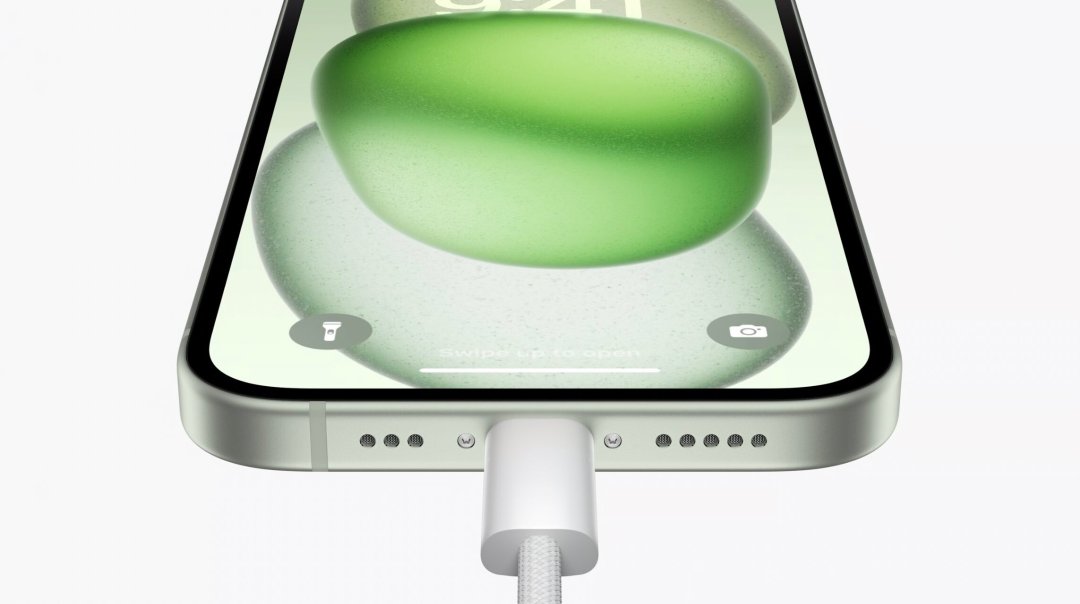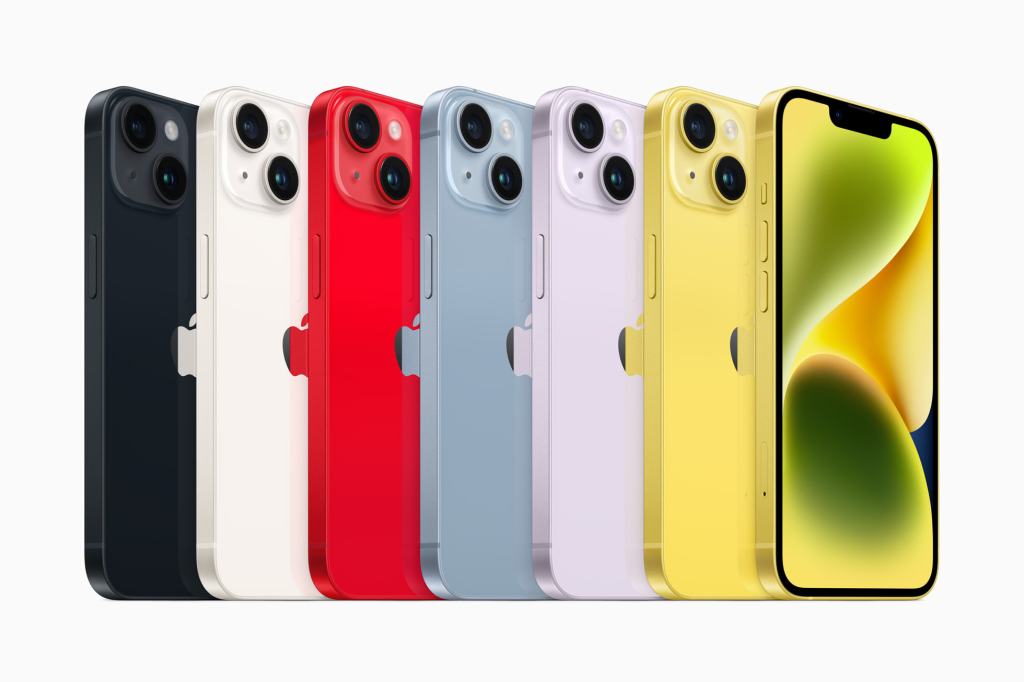Goodbye Lightning: why has the iPhone moved to USB-C?
What the EU-mandated switch to USB-C means for your smartphone now that we've said goodbye to Lightning

Apple’s decision to ditch the proprietary Lightning adaptor from its phones was a huge decision – but as you’ll hear, it had no choice but to move to USB-C.
Virtually every new smartphone sold worldwide now uses the same charging cable. Apple started to use USB-C with the iPhone 15, catching up with the company’s iPads and Macs which have all been USB-C for some time (NB the Mac may have a proprietary cable as standard, but it can still be charged with a standard USB-C one, too).
It’s actually great for consumers and good for the planet, as it cuts down on electronic waste. Apple’s reason for the swap was less altruistic though and much to do with an EU law that forced device makers to use a common charging standard by December 2024.
Why did the switch to USB-C happen?
In 2022, the European Union formally approved a ruling that all new smartphones sold should use a common charging standard. It also applies to tablets and digital cameras, gaming handhelds, keyboards and mice, portable speakers and headphones. The law came into effect from December 2024. Laptops will follow, though most can already be charged by a USB-C cable only.
Despite what Apple said about the EU ruling stifling innovation, it was designed to reduce electronic waste. The intention was that shoppers re-use their existing chargers and cables when upgrading to new devices, eliminating an estimated 11,000 tons of e-waste annually. According to the EU, consumers are saving €250 million of unnecessary charger purchases. Of course, Apple wouldn’t like that, as it reduced its ability to sell cables to consumers.
Say goodbye to Lightning
Apple could’ve made two versions of the iPhone – one with USB-C for Europe (where a quarter of global iPhone production ends up), and one with Lightning for the US, Asia and other territories. But that would create unnecessary costs even a trillion-dollar company would want to avoid. So it’s USB-C for everyone.
Because the EU’s common charger ruling covers more than just phones, Apple had to go USB-C across the board. The most recent products to get a USB-C refresh included the Magic Mouse, Magic Keyboard and Magic Trackpad for Mac (though the Magic Mouse still kept its awkward port positioning on the underside of the unit).
The AirPods Max headphones were given the mildest of refreshes to stay compliant. The AirPods 4 did the same for Apple’s in-ear offering, though the upgrades were a little more impactful here, including the addition of active noise cancellation for the first time.
Now that the iPhone 14 and iPhone SE have been discontinued in favour of the iPhone 16e, Lightning is now no more on the iPhone, too.
Do you need a new charger?
iPhone 12 owners or later

Most iPhones are compatible with USB-C chargers out of the box
All versions of the iPhone later than iPhone 12 shipped with USB-C to Lightning cables in the box. So anyone upgrading to an iPhone 15 or iPhone 16 model from one of these handsets probably already has at least one USB-C charger somewhere at home. Apple continues to include charging cables with each iPhone (only now with USB-C to USB-C instead of USB-C to Lightning), so you won’t need to buy a new cable either.
USB-C is reversible, just like Lightning, so iPhone owners aren’t suddenly going to struggle to plug in their handset correctly on the first attempt. The upgrade will be as seamless as swapping a single cable.
The iPhone 11 was the last model to ship with a USB-A to Lightning cable in the box, so it’s possible anyone still using one doesn’t have a USB-C power brick to hand. In theory that means having to buy an adaptor – but the benefit of USB-C is that the standard has been around for years now.
If you own a recent iPad Air or iPad Pro you’ll have a compatible power brick and cable already. The latest iPad and iPad Mini just come with cables in the box, but all use USB-C. MacBooks, MacBook Airs and MacBook Pros from 2015 through to 2021 also use USB-C power, and while Apple has now switched to MagSafe charging, the power brick itself has a standard USB-C port; just swap the cables over and you’re good to go.
These power bricks all have enough wattage to charge an iPhone at its maximum rated speed, too – which is usually faster than most basic USB-C power bricks. And don’t forget that every phone since the iPhone 8 has supported wireless charging. It’s slower and less efficient than a cable, but if you have a charging pad to hand it’ll do the job just fine.
Of course that only takes Apple devices into account. If you have a Steam Deck, Nintendo Switch or other gaming handheld, a recent digital camera, or any modern smartphone, tablet or laptop from a non-Apple brand, you’ll also have a compatible power adaptor to hand.



